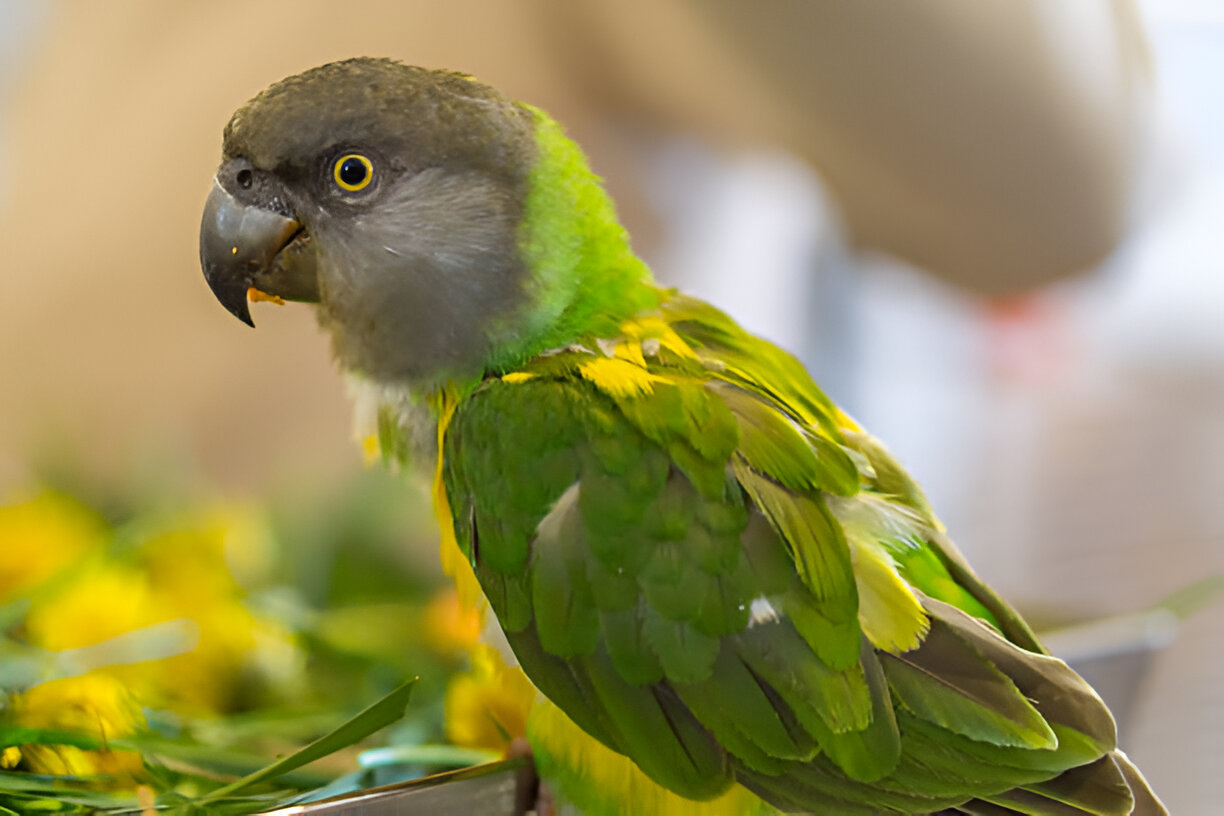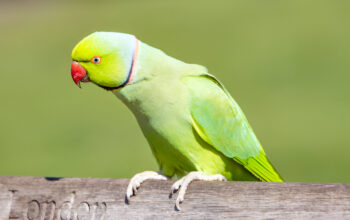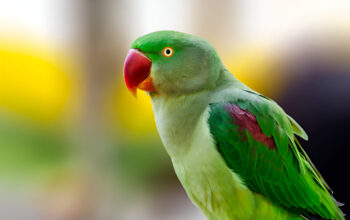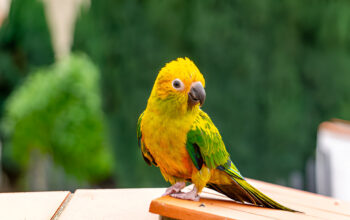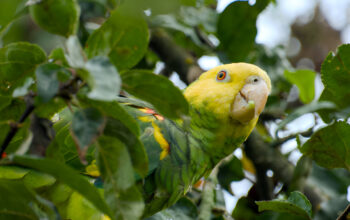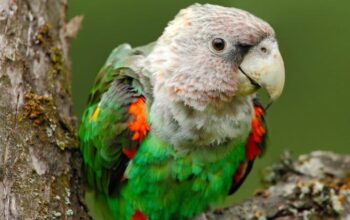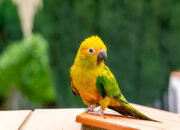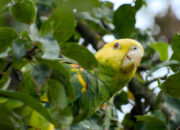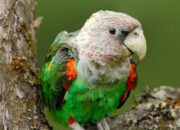All the Details of Senegal Parrot Care — Personality, Diet, Training and More
Of all the birds you can have as pets, Senegal Parrots are some of the sweetest, smartest, and most loving! But with their bright hues and boisterous personalities, not to mention their manageable size, they have become a favorite among bird lovers around the world. In this all-inclusive guide to the Senegal parrot, read up on everything from their history, to how to diet, house, train, and care for your Senegal parrot. Whether you are a new parrot owner or a dedicated bird parent,
What is a Senegal Parrot?
Basic Introduction
The Senegalese Parrot is a medium-sized parrot native to West Africa. They are among the most favored for their intelligence and relaxed nature and are a type of parrot known as Poicephalus.
H3: Popularity in Pet Trade
With less calling than their larger cousins,a worderfull colourful plumage, and the capability of using human speech, the Senegal Parrot has also become established in homes around the world. They are well suited to apartment life, and can be fairly easy to train to become closely bonded with their human family.
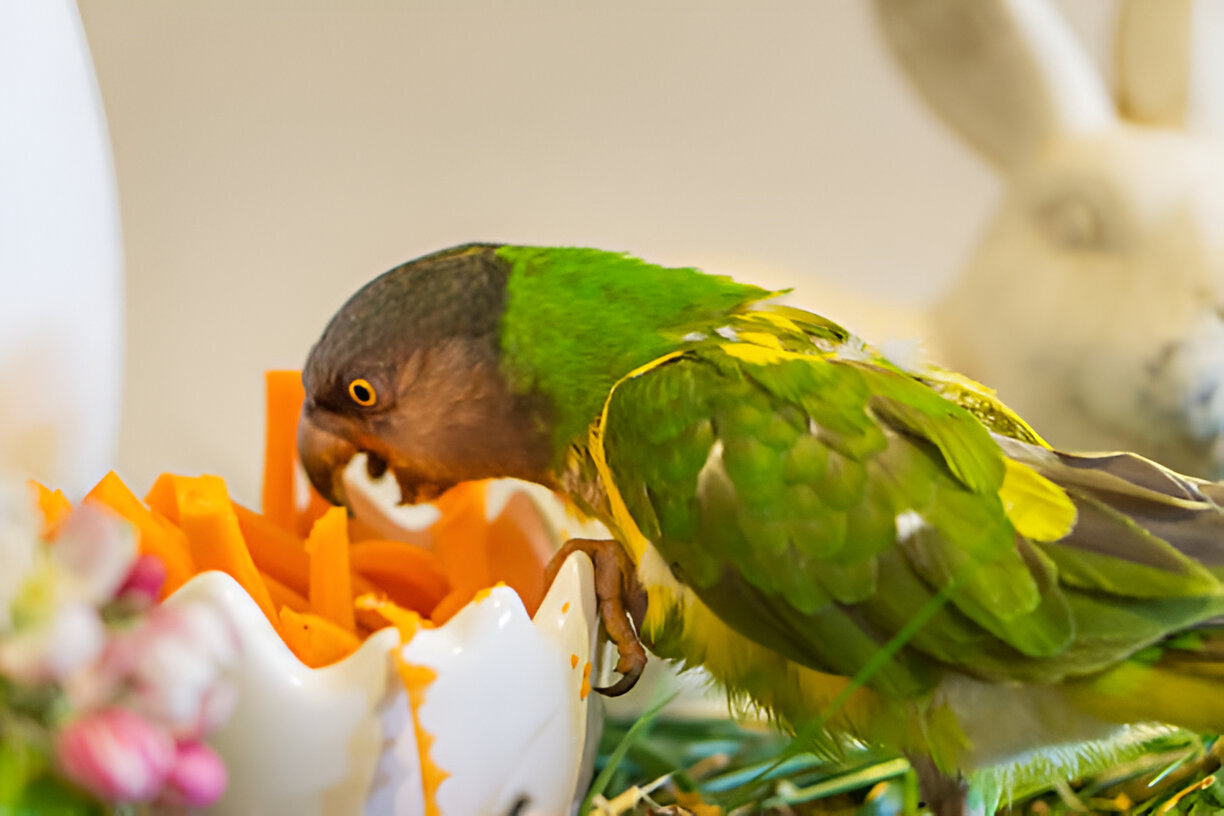
PHYSICAL DESCRIPTION AND COLORS
Distinctive Appearance
The Senegal Parrot is a beautiful bird. Their main features include:
- Head: Grey or charcoal
- Eyes: Bright yellow-orange
- Upper body only A “vest” of yellow or orange (depending on the subspecies) (6)
- Body: Neon green, yellow green underscored by darker green
- Bill: Greyish-black, heavy, and curved
They measure on average 9 inches (23 cm) long and weigh 120-170 g.
Longevity and Time Investment
What Is The Lifespan of A Senegal Parrot?
When well cared for, a Senegal Parrot can grow to be 25-30 years old in captivity. In some exceptional cases, the little guys live to be as old as 40, so they’re something of a long-term commitment like a dog or cat.
The Origin and Natural Habitat
Where are Senegal parakeets from?
Originating from West Africa, Senegal Parrots live in countries such as:
- Senegal
- Mali
- Ivory Coast
- Guinea
- Burkina Faso
They are found in small flocks or pairs in the wild and eat seeds, fruit and grain.
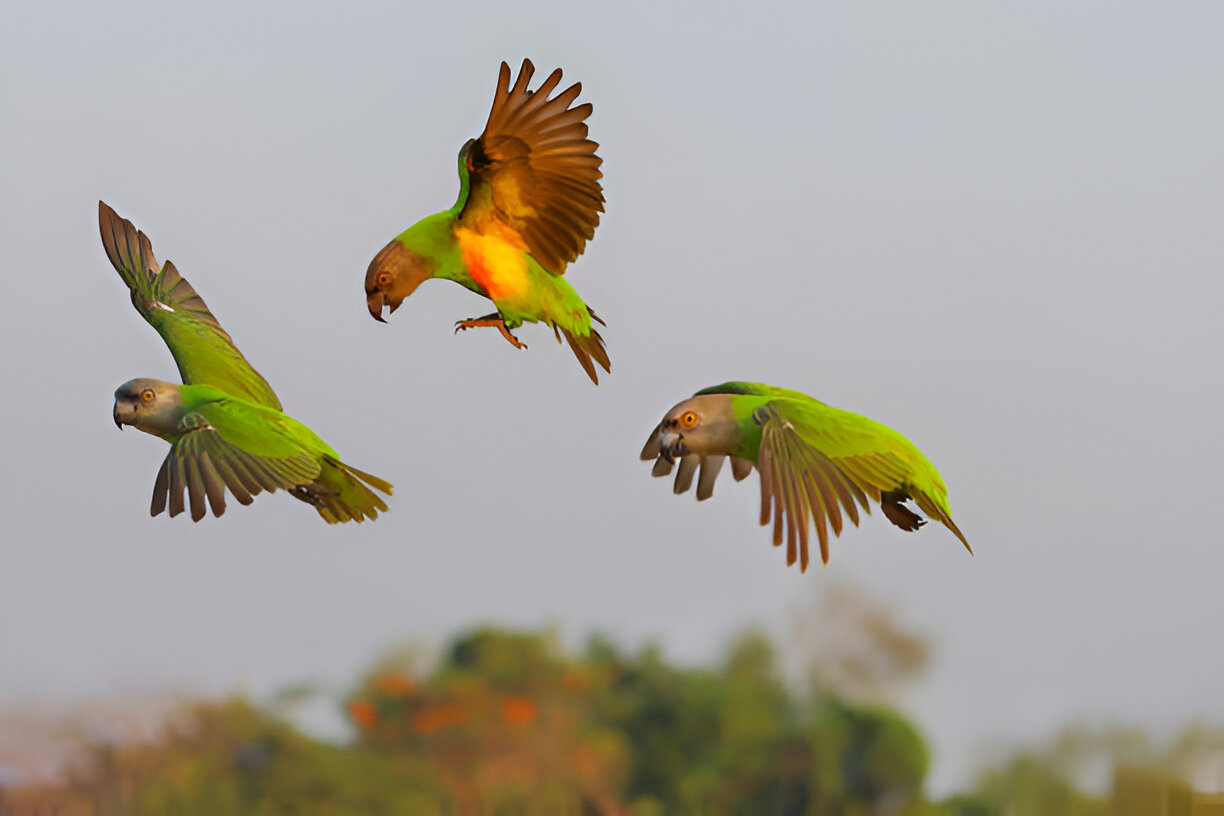
Behavior and Temperament
Do Senegal Parrots Get Along?
- What are Senegal Parrots like?
- Loyal – tends to be one person focused.
- Silent – They are quieter than any parrot species.
- Playful – I LOVE toys and love playing with humans as well.
- Curious – always investigating their environment.
They can be a little territorial or jealous, so socializing them is a necessity.
The Ability of Speaking and Intelligence
Can Senegal Parrots Talk?
Although not the best talkers, like African Greys or Amazons, Senegal Parrots can copy some words and household sounds. They are very intelligent and can be trained to:
- Perform tricks
- Solve puzzles
- Recognize objects
- Respond to commands
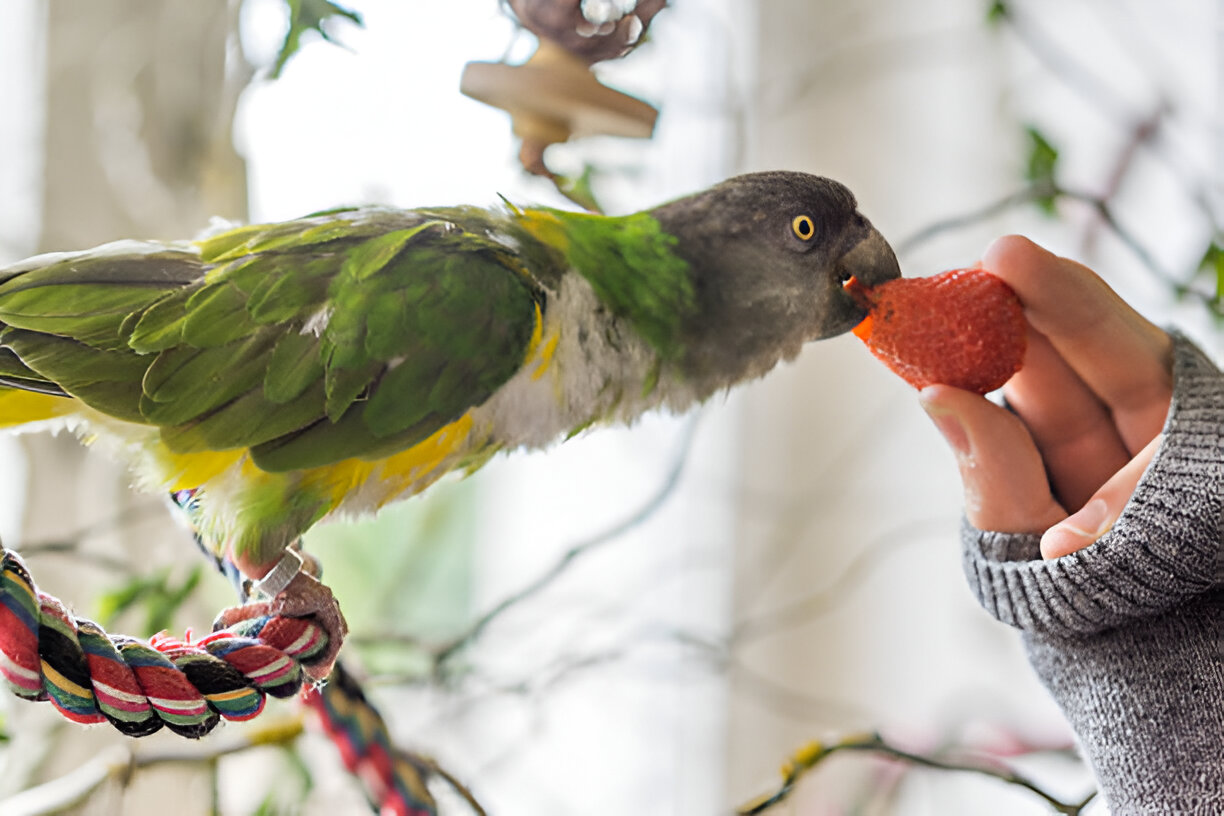
Best Food for Your Senegals
What do you feed Senegal Parrots?
A balanced diet for Senegal Parrots contains:
- Pellets % % (60 – 70%) – Specialised parrot pellets form the base of the diet.
- FRUITS AND VEGETABLES Fresh fruits and veggies (20-30%) – (Apples, carrots, spinach, bell peppers, bananas).
- Seeds and Nuts (5-10%) -Limit to treats only. In moderation, almonds, sunflower seeds.
Foods to Avoid
- Avocado
- Chocolate
- Alcohol
- Caffeinated beverages
- Salty or fatty snacks
Hydration
Fresh, clean water should always be available. Replace it once a day to keep bacteria at bay.
Housing and Cage Setup
Ideal Cage Size
What Size Cage Does a Senegal Parrot Need The smallest recommended size cage size for a Senegal Parrot is:
- 24” x 24” x 30” inches
- Space between bars: 0.5 to 0.75″
- The bigger the cage the better.
Cage Accessories
- Several Perches – Provide natural branches in various diameters.
- Toys – Rotate the interactive toys so that he doesn’t get bored.
- Ladders & Swings – Ideal for exercise and play.
- Bowls – Stainless steel is the best.
Position the cage in a corner that is well lighted but that won t receive any draft or sunshine.
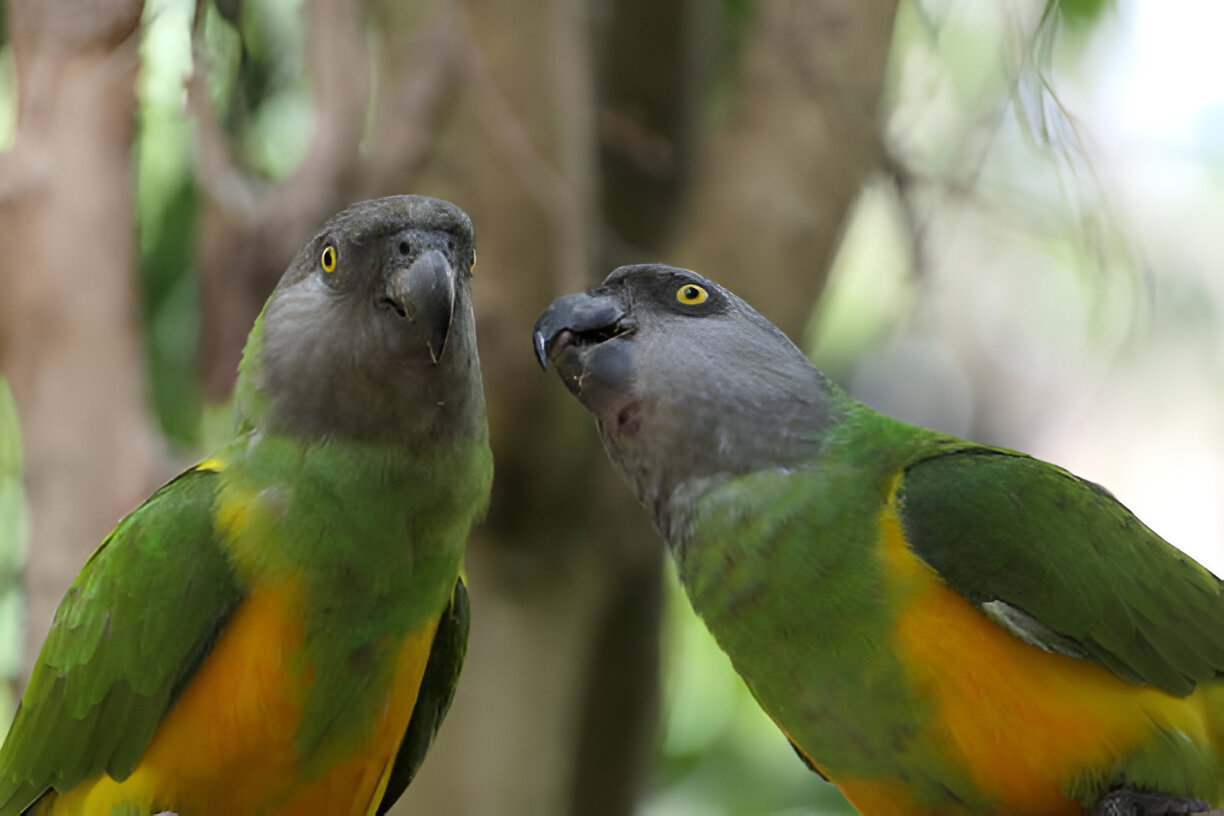
How to Train a Senegal Parrot
Why Training is Important
Training helps to create trust and increase bonding. It also prevents:
- Screaming
- Biting
- Boredom
Methods of Training that have been Proven Effective
- Positive Reinforcement – Treats or praises as rewards
- Clicker Training – Aids in the marking of good behavior
- Be Consistent – Short daily sessions (5-10 mins) are most effective
- Target Training – Directed with a stick
Punishment tends to induce fear or aggression.
Grooming and Hygiene
Feather and Nail Care
- Bath: In shallow dish or mist spray weekly.
- Clipping the Claws: Monthly to Bi-Monthly or as needed.
- Beak Care: Provide access to chew toys and mineral blocks.
By grooming your Senegal often, you keep your bird happy and healthy.
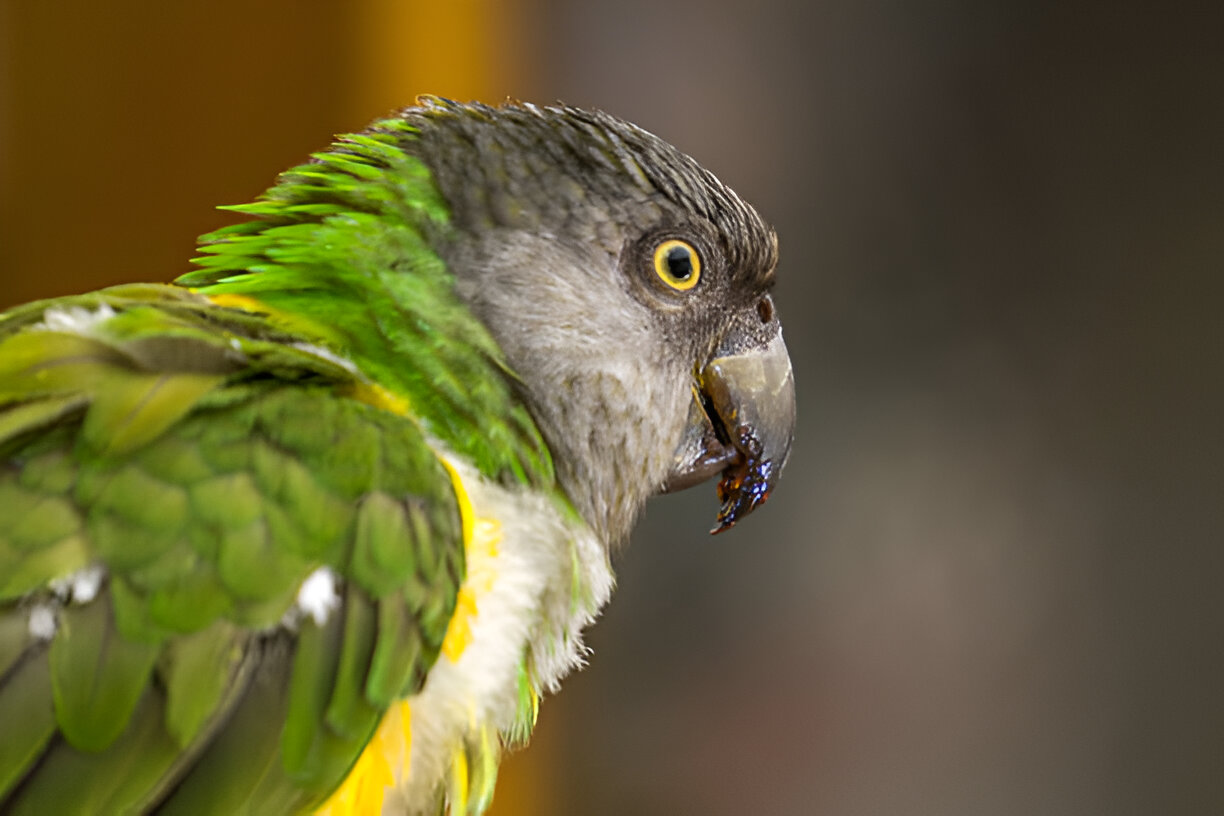
Health and Prevention
Known Senegal Parrot Health IssuesCommon Health ProblemsSenegal Parrots are generally hardy creatures, but just like any pet bird, they occasionally fall ill.
- Feather Plucking – Typically caused by stress or being bored
- Respiratory Infections – Drafts and Dirty Surroundings No one Called them colds – Let’s Call them External Disease治愈 Rescue They called all respiratory problems external disease because you caught drafts or it is dirty.
- Psittacosis (Parrot Fever) – A Bacterial Infection
- Adequate Vitamin A – Malnutrition, poor quality of diet
How to Keep Them Healthy
- Regular vet checkups
- Balanced diet
- Clean cage environment
- Research, socialization, and exercise everyday
Look for signs of sickness, such as loss of appetite, droopiness, or unusual droppings.
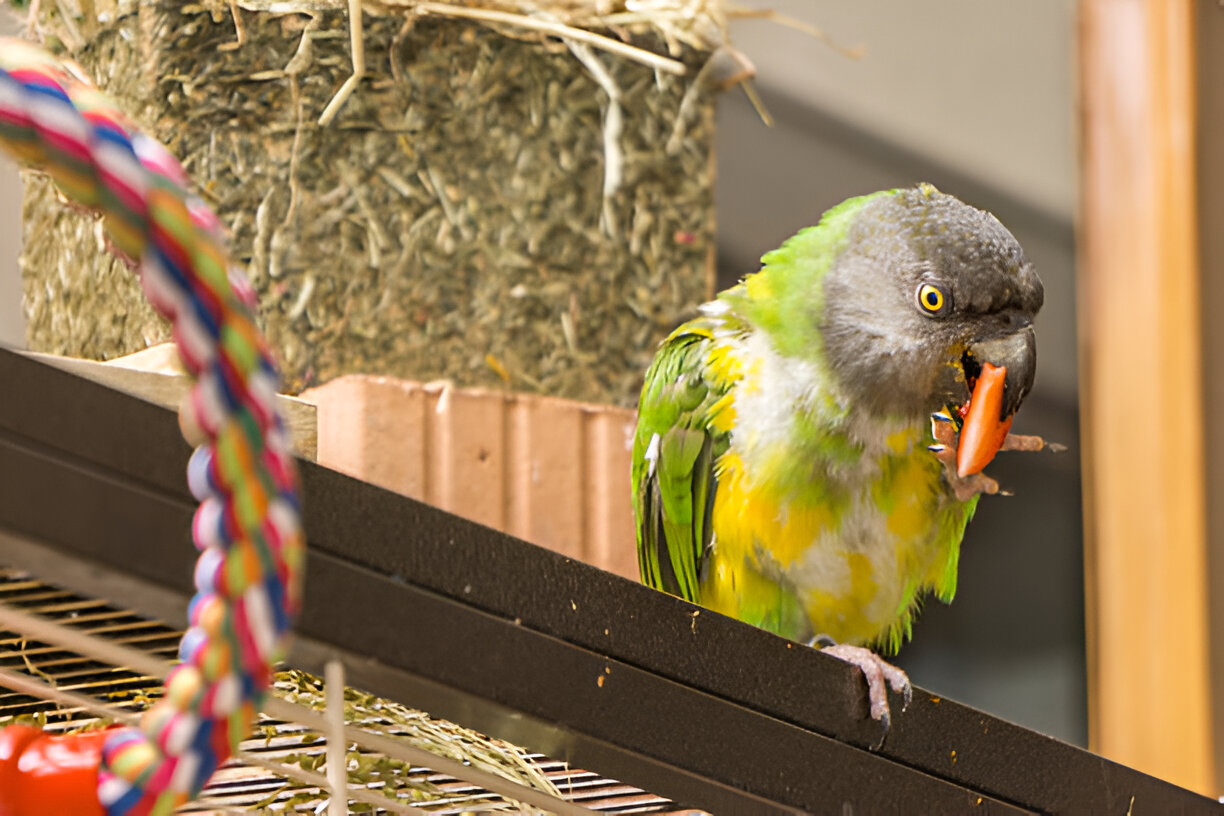
Breeding Senegal Parrots
Breeding Basics
Captive Breeding Captive breeding of Senegal Parrots is difficult, but to some extent, possible when using:
- A healthy, bonded pair
- Big in size with a nest box.
- Proper lighting and diet
- Egg & Chick Care
Clutch size: 3–4 eggs
- Incubation: Around 27 days
- Fledging: 8-9 weeks after hatching
- Breeding:(recommended for intermediate / experienced bird keepers only) 87.
Senegal Parrots Pros and Cons
Pros
- Intelligent and trainable
- Quiet (good for apartments)
- Long lifespan
- Affectionate companions
- Compact size
Cons
- Can be moody or bitey
- Tends to get attached to one individual
- Need daily interaction
- Prone to jealousy
- Expensive vet care
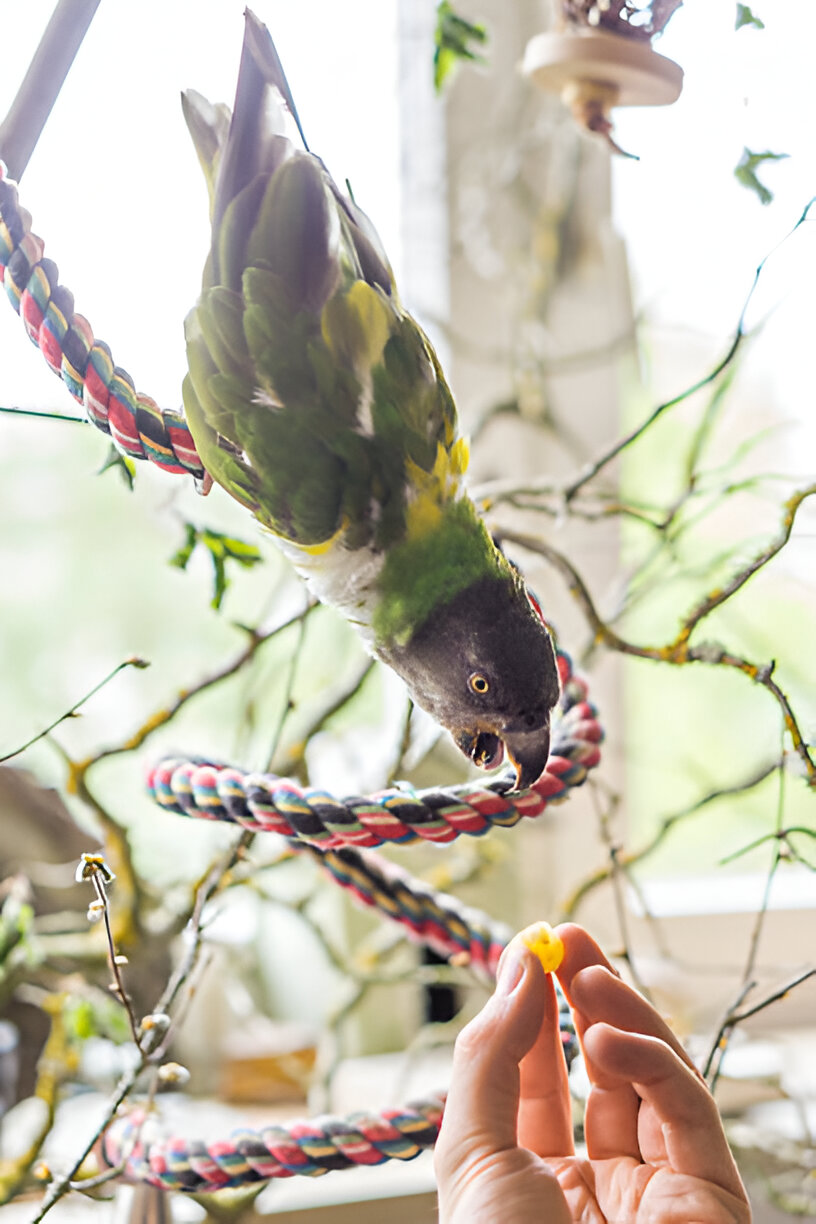
Enrichment and Stimulating Toys
Senegal Parrots are very smart and require mental stimulation. Offer:
- Puzzle toys
- Foraging toys
- Shreddable toys
- Interactive training games
Remember to rotate toys weekly to keep boredom at bay.
Cost of Ownership
One-Time Costs
- Cage: $100 – $300
- Initial vet visit: $50 – $150
- Toys and setup: $100+
Monthly Expenses
- Food: $20 – $40
- Vet care: As needed
- Accessories: $10+
Parrots aren’t cheap, but totally worth it.
Conclusion: Is a Senegal Parrot the Right Pet for You?
The Senegal Parrot is such an excellent combination of Beauty, Brains and Personality. They are loyal, loving pets and do well in an interactive home. If you are looking for a long-term commitment, daily interaction, and hours of laughter, this small parrot just might be the pet for you.
All About Senegal Parrots Whether you’re attracted by their colors or enchanted by their intelligence, Senegal Parrots have a lot to offer in a little package: joy, love,…
